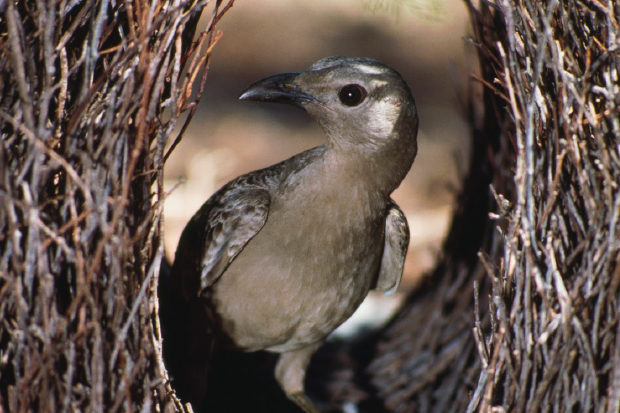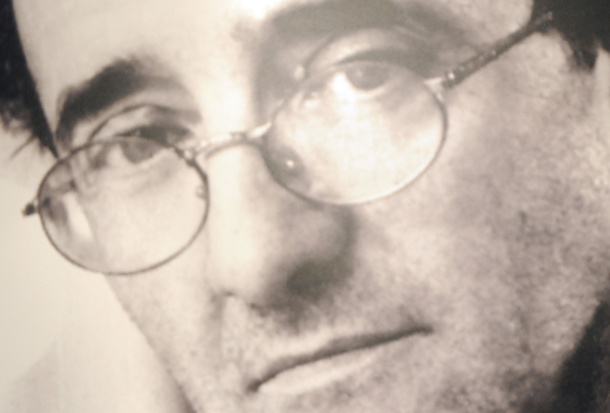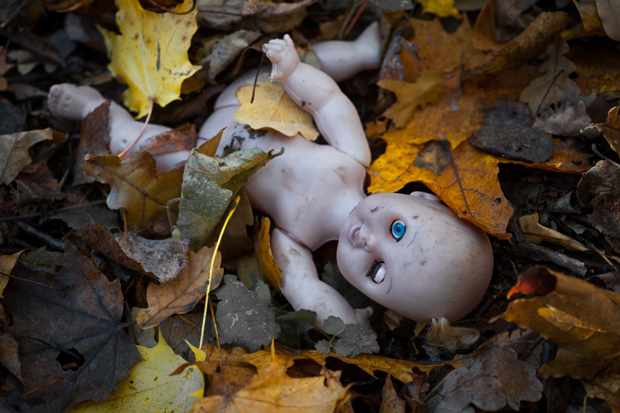What is it about birds? They are the wild creatures we see most often, their doings and calls a daily reassurance that humans are not isolated in our sentience. They descend from the first reptiles, while we come from the first mammals. Across a gulf of evolution we contemplate a parallel life which has evolved exhilaratingly different answers to the same questions that existence asks of us. Cross-referencing allows us to address the fundamentals. Darwin and his finches revealed how we came to be. What else might birds teach us?
Addressing questions because we can conceive them is the spirit of The Most Perfect Thing: Inside (and Outside) a Bird’s Egg by Tim Birkhead, author of the acclaimed Bird Sense. This follow-up has an appeal less obvious, but anyone drawn to the natural sciences will relish it.
Birkhead journeys inwards from the calcium spires of the shell, between which air passes (eggs breathe), across the albumen, an alkaline Sahara to a microbe, its nutrients locked up in inaccessible protein, which protects the yolk. There are curiosities at every stage. Why do birds turn their eggs? If turning matters, what of the palm swift, which glues its eggs to a frond? How does a tiny goldcrest incubate ten large eggs when she can only be in contact with three? (She paddles her pins through them, hot legs these, flushed with blood, acting like immersion heaters.)
The story of learning delights Birkhead as much as our current accumulation. Erasmus Darwin thought blue eggs were camouflaged when seen through nests against the sky. But blue eggs are found in solid nests and predation comes from above. We are still speculating: it is possible that bright colours persuade males of females’ vitality, encouraging male investment in parenting.
If figuring out eggs sometimes sounds tedious — the thickness of how many thousandring ouzel eggshells would you be prepared to measure, to establish a thinning since 1850 due to acidification? — Birkhead’s telling is joyful. Heinrich Wickmann established that chickens’ eggs turn from point first to butt first just before they emerge by marking the eggs of ‘extremely tame birds’ (they laid on his desk) with a pencil up the cloaca in the hour before laying. Birkhead spares a thought for Wickmann’s wife.
Eggs exchange information. Through clicks and vibrations made by the chicks inside, eggs slow or speed their hatching so that nestlings emerge simultaneously. Birkhead loves guillemots, which hatch on crowded and dizzy cliffs. He is still explaining their dramatically tapered eggs. A misconception has that this preventing them rolling away, but Birkhead believes tapering keeps the blunt end, the embryo’s head end, clear of faeces on the nest ledge, defending it from microbial infection.
Parents and chick communicate through the shell: bonding begins as soon as the chick breaks through to the air cell in the blunt end and cheeps. Why are eggs decorated with unique markings? It seems guillemots memorise theirs, distinguishing them from their neighbours’. Recognition leads to an evolutionary arms race between brood parasites like cuckoos and their prey. Prinias, unwilling hosts to the cuckoo finch, produce a bright diversity of egg colours against which alien eggs should stand out. But cuckoo finches have tracked their changes, evolving from matching blue to red eggs, in one population, in 30 years.
Jennifer Ackerman’s The Genius of Birds is a brisk inquiry into intelligence and adaptation, spotted with revelations. If eggs communicate it is reasonable that crows network. Don a caveman mask and offend some crows by trapping them, put your mask on again nine years later, and their offspring will mob you. But leave peanuts out for crows and they may start bringing you small shiny gifts in return, demonstrating an understanding of reciprocity. Scrub jays anticipate other jays’ desires (one worm over another) even when these differ from their own taste, and ravens comfort individuals who have just lost fights. All of this suggests that certain species possess an advanced understanding of another’s perspective, the beginnings of a theory of mind. Scrub jays hide food. If they think they have been observed by others they move or pretend to move it, but only if they themselves have raided other’s caches. It takes a thief to know how thieves think.
Ackerman visits New Caledonia and its astonishing crows, which fashion hooked tools and can complete multi-stage puzzles, using short tools to get long tools to get grubs. Their intelligence may have developed because they have few natural predators and the leisure to experiment. Different populations make distinct tools: ‘Faithful transmission of local tool design,’ Ackerman marvels: ‘that fairly well defines the term culture.’
Her book contains a startling fact of avian ability every few pages but it adds up to rather more than an appreciation of birds’ powers. Females select male songbirds on the precision and complexity of their songs; Ackerman reflects that the female mind thus shapes the song, as female aesthetics in the bowerbird select successful males according to female taste for the males’ creations, which look like little art galleries. Ackerman does not spell out the inference: is our plundered patriarchal planet primarily shaped by women’s selection of rapacious male traits?
I was particularly taken with the possiblity that a bird’s earth pulses with a music to which we are deaf. Deep, low-frequency infrasounds generated by storms and the sea travel and reflect off the topography of the land. So hills really do sing, and nowhere sounds like anywhere else. Birds may be able to hear landscapes which we can only see.
Got something to add? Join the discussion and comment below.
Get 10 issues for just $10
Subscribe to The Spectator Australia today for the next 10 magazine issues, plus full online access, for just $10.
‘The Most Perfect Thing’, £16.99 and ‘The Genius of Birds’, £14.99 are available from the Spectator Bookshop, Tel: 08430 600033. Horatio Clare’s latest book is Orison for a Curlew, about the disappearance of the slender-billed curlew.
You might disagree with half of it, but you’ll enjoy reading all of it. Try your first month for free, then just $2 a week for the remainder of your first year.














Comments
Don't miss out
Join the conversation with other Spectator Australia readers. Subscribe to leave a comment.
SUBSCRIBEAlready a subscriber? Log in